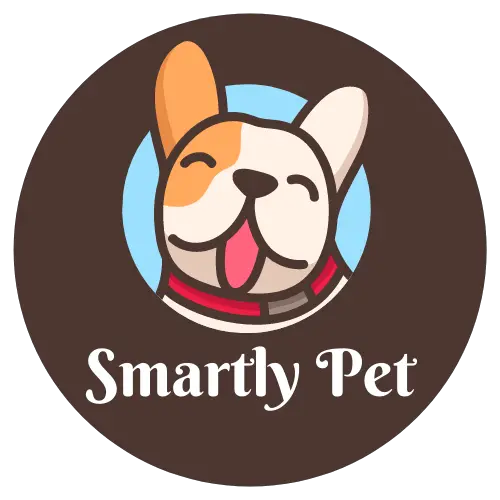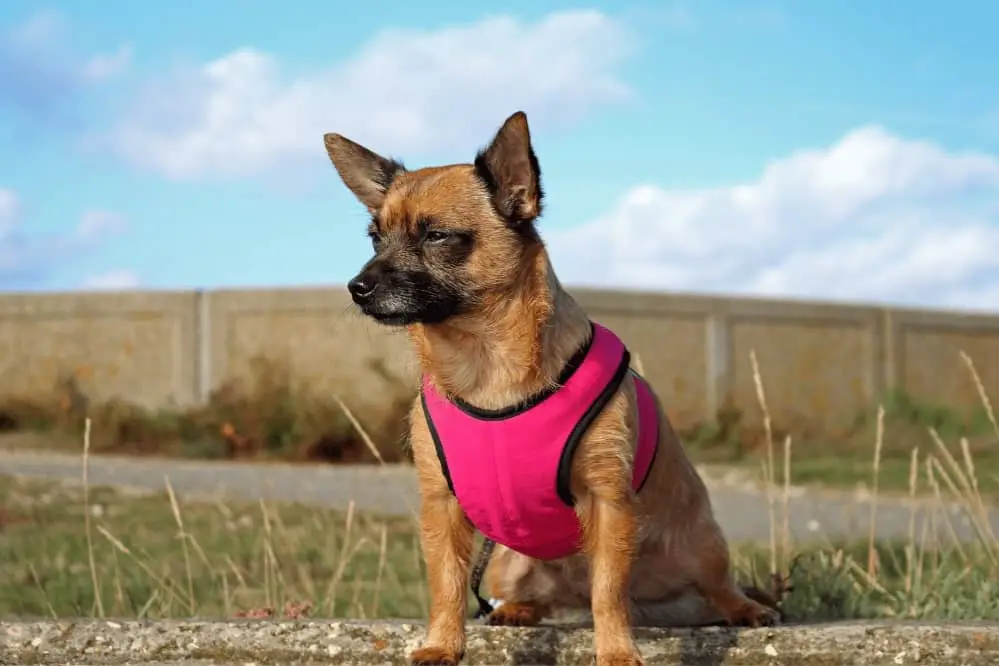As you begin to look into what types of harnesses and leashes you can purchase for your dog, you will also find that there are more than a few different types of harnesses. Although all harnesses provide the same end result of offering you better control over your dog when you are taking it for a walk, there are some harnesses that are going to be better for your dog than others. In fact, there are three types of harnesses that you will find. There is the H-shaped harness, which is sometimes referred to as the Roman harness. There is the X-shaped harness, which can be referred to as the scapular. Finally, there is the Y shaped harness, which can be found under the name of Swedish or Scandinavian harness.
Out of all these harnesses, the Y-shaped model is generally considered to be the best harness you can get for dogs that are larger breeds and most full-grown dogs. The only time that this harness isn’t as recommended is with smaller dogs, as the H model would be a better fit for them. But what goes into making the harness a better fit for the dog? Why does it matter? Before you can begin to look into this, you will first want to have a good understanding of what the Y-shaped harness looks like and what makes it different from the other harnesses out there.
What Is the Y-Shaped Harness?
As you might be able to imagine, the Y-shaped harness originally gets its name from the appearance, which looks much like the letter “Y.” There are two main circumferences that will go around your dog’s body, with one going around your dog’s belly, behind its forearms and the other going across the chest, but not around the neck. Often there will be a third, smaller loop where you can attach the leash to, though some may just have an attachment directly on the circumference. These two bands will join at a single point of attachment, creating the classic Y shape that the harness is named after. This differentiates it from the similarly shaped H harness, as these harnesses have an additional strap on the back.
These harnesses are often very easy to put on your dog, though it will always be easier to put these on a dog who is accustomed to harnesses more than collars, as some dogs who are not accustomed to harnesses may not like the feeling of the circumference around its chest or belly. The way you attach this is by attaching the first band around the chest, as you would do with a low-sitting collar. Then you would clip the band around the belly, behind the forearms and your dog will be ready to go on its regular walk with the harness on.
Why Choose This Harness?
The goal of having the circumferences of the leash in these areas is to distribute the pressure that the dog feels when it pulls on the leash in a place where the dog will notice it, but it will not harm the dog. The circumferences press against a wide berth on the dog’s chest, meaning that the pressure it feels will be further distributed. While your dog may not like the feeling of pressure on its chest, it poses much less discomfort and pain than the thinner and more problematic harnesses and collars that focus themselves around the dog’s neck.
Doing this offers a higher degree of control, arguably the highest degree of control than all of the harnesses that you could purchase. The area where the harness comes together and you attach it to the leash is more advanced than other models, allowing you to stop your dog from going somewhere or lurching toward something. With just a small pull, you can easily stop your dog in its tracks, making it much more helpful for dogs who may not have learned not to be distracted from every moving thing when it goes to the dog park.
To put things more specifically, the usual point where the leash is attached to the harness usually falls on a part of the dog’s neck where animals are structurally designed to receive signs of dissuasion and make themselves more alert. This means that not only will you be able to exert better control over the dog, but the dog will be much more receptive to the signals that you are giving it, as the pressure from the harness will be on a part of the dog’s body that is notably more receptive to these kinds of signals. This is one of the many facets of the harness that show how it has been engineered to be a little bit easier on dogs, both allowing them to be better controlled and allowing dogs who may have pains in their neck and back to be on a harness without additional pains.
Another benefit of using this harness over other harnesses includes the fact that dogs cannot easily get out of this harness when it is attached properly. If you have a dog that is known for being a clever escape artist that seems to get out of just about any and every collar or harness that you have tried, you may want to consider trying the Y harness on the dog. These harnesses are also recommended for people who are new to owning dogs for this reason as well. For people who are new to owning dogs, they may not know what to expect when the dog begins tugging on the leash, or when a dog gets in the mood to really chase after something. By having a harness that can allow you more control with keeping the dog back, a new dog owner can feel more secure in knowing that his or her dog is fully under control and can be stopped if something interesting passes by.
Aging Dogs and Harnesses
Many people prefer this harness to other ones because it can also be much easier on older dogs who may have some skeletal or muscular pains that come with the natural aging process of dogs. Some dogs, as they age, will begin to get pains in their back and necks, much like humans do. Unfortunately, most harnesses out there have their focal point higher up, closer to the shoulder blades of the dog, and collars are always around the dog’s neck. For dogs who experience neck and back pain, this can be particularly problematic. When you pull on a leash that is attached to one of these, you can put your dog in more pain. Depending on how your dog reacts to pain, this could lead to even more of a struggle from the dog, as it tries to “escape” the pain, or it may lead to your dog becoming moody or even aggressive. Nobody wants this to happen when they are taking their dog on a walk.
On the other hand, the Y-shaped harness is designed to put the majority of the pressure on your dog’s torso and chest area. This takes a tremendous amount of stress off the back and neck of the dog. While the dog may still have residual pain from whatever condition it has, it is always going to be better to not make that pain worse or to exacerbate it. The Y-shaped harness is often recommended to large dogs for this reason, as large dogs are more likely to have skeletal and muscle pains, especially around joints such as the neck and back. By allowing your dog to use the Y-shaped harness, you can rest assured knowing that your dog will be just as comfortable on its walks with you and not be in any pain.
Many of these harnesses are also equipped with additional padding and made with an ergonomic design in mind, rather than sticking to the strict Y shape that its design involves. This will make it even easier for dogs who have neck and back problems, as even though there will be some pressure from the harness when the dog pulls on it, it will not be enough to cause its pain to flare up, allowing the dog to walk in peace.
Evolutions of the Y Harness
Over the years, the Y harness has sparked other, very similar harnesses to be created. After all, many experts believe that the Y harness is one of the most efficient harnesses for exuding control over the dog in a way that does not inflict pain on it, so it would make sense that other people would try and create harnesses that play on those strengths. You may come across some evolved variants of the harnesses as you begin your search for a Y harness for your dog. One of the more common evolutions that you could come across is known as the chainsaw harness. These take the standard Y-harness shape but have the bust of the dog reinforced with cloth to allow more support. These are commonly used with large and strong dog breeds that may also have behavioral problems that would lead to them charging or surging forward. These are just some of the reasons why a Y harness may be the optimal solution for your dog.

